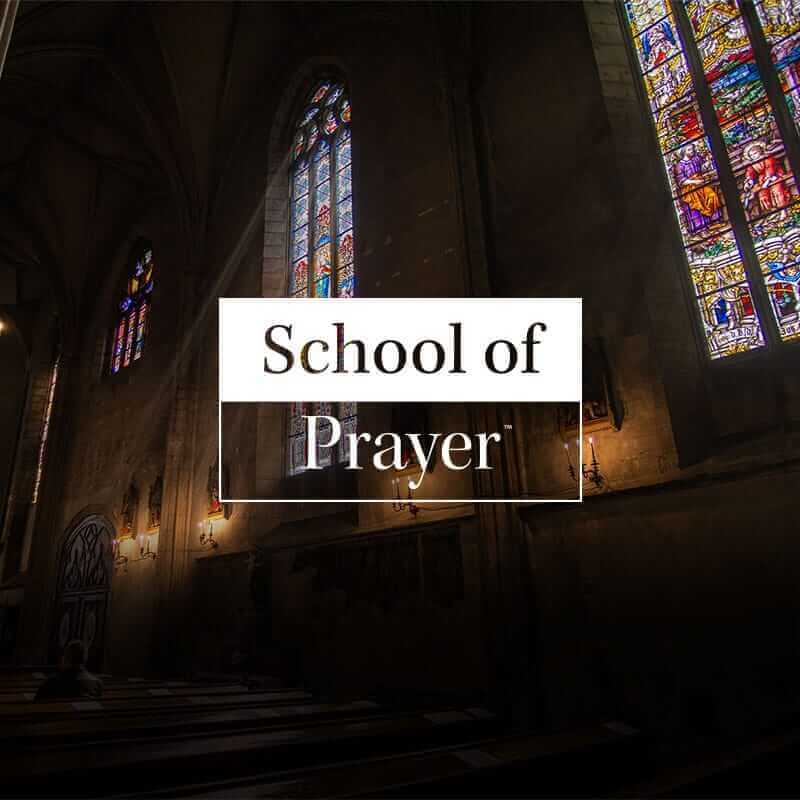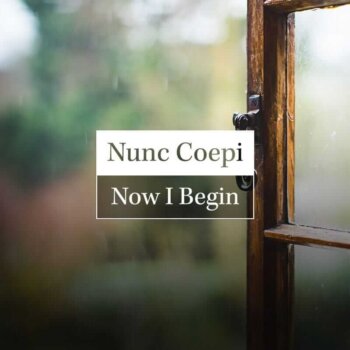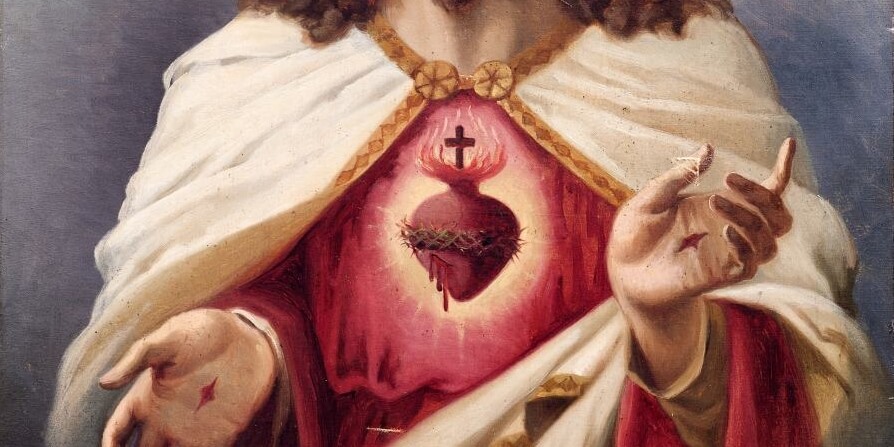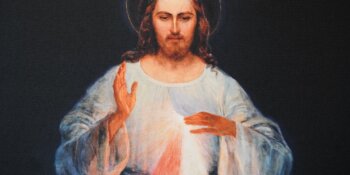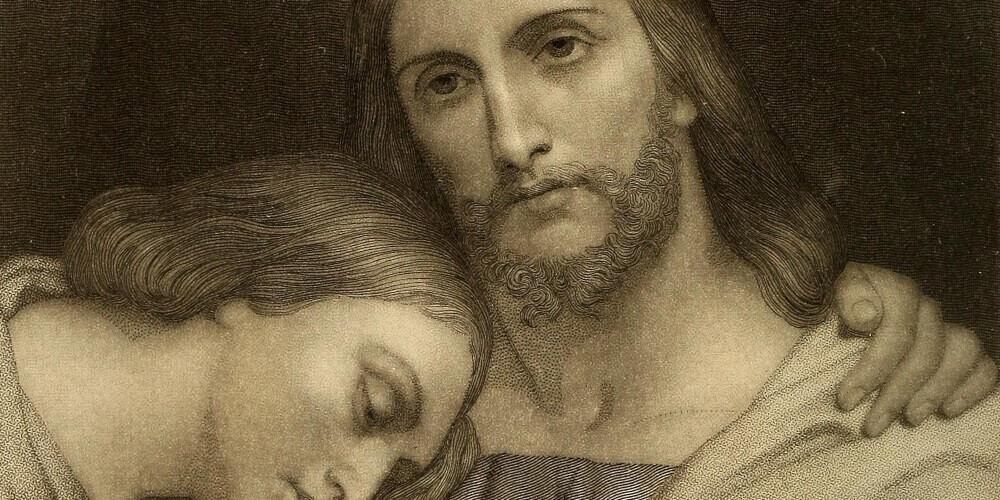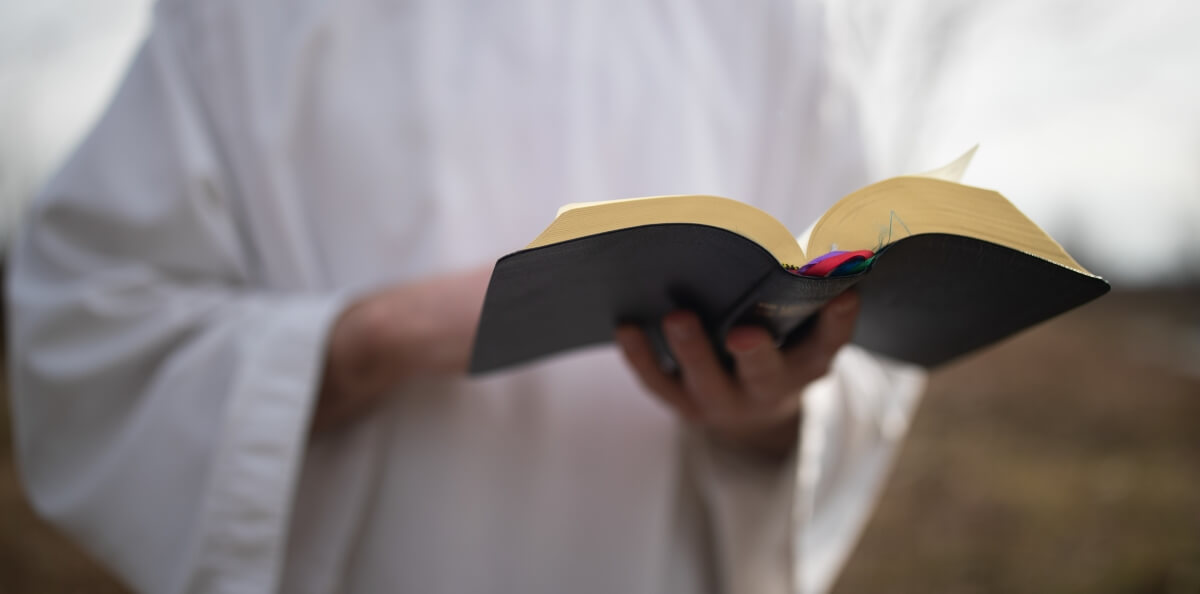
God created your soul silent and keeps it inviolate at baptism. He filled it with Himself, nothing other than Himself. It is later, little by little, that the world bursts in. Noise invades, covering the soft voice of God. Since then, the racket amplifies itself. Return to your baptismal silence, my brother!
The Doors of Silence: Profound and Brief Meditations by an Anonymous Carthusian Monk
Show someone an image of the Grand Chartreuse, the Carthusian monastery located in the remote region of France and surrounded on all sides by the impressive Alps, and you’ll almost immediately sense a reaction. Perhaps it is curiosity or awe; perhaps fascination or fear; perhaps puzzlement at why someone would want to live within the walls of this remote place or follow its strict rules of solitude and silence. Whatever the elicited response, there is no doubt that the Carthusian Order evokes an almost universal wonder, even to the present day.
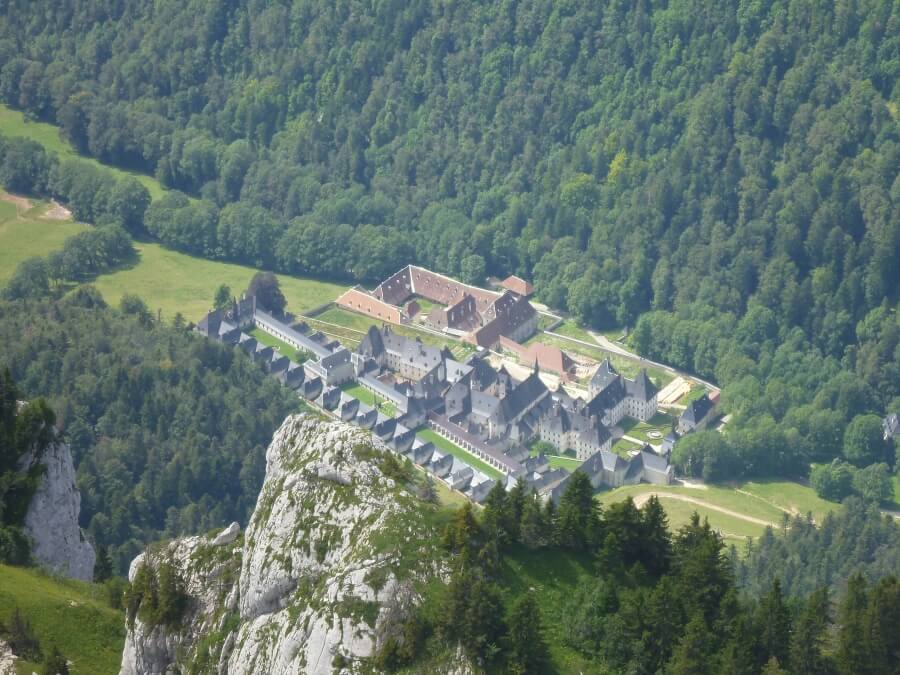
Image credit: Gonzolito/CC BY-SA 3.0
Founded by St. Bruno of Cologne in the Middle Ages, with its motherhouse still situated 4,000 feet above sea level, it is the only ancient order in the Church which has never been reformed and never needed reform. It is also the only order from which no one can pass to any other order, although any other religious can exchange his order for that of the Carthusians. The Church celebrates the feast of St. Bruno on October 6th.
Author Tim Peeters remarks in his book about the Carthusian Order that it would not be untrue to say that Carthusian monks are of no direct use to the world or even the Church. After all, they do not preach. They do not administer the sacraments to the faithful. They do not practice concrete material charity. And yet their very existence in the Church and in the world “confronts us with the ultimate truth of a pure faith”:
Carthusian monks and nuns sit at the feet of the Lord: they watch and listen, that is all they do… Their hidden lives may be a call to recognise the sacred and invisible love of God in the world. As Cardinal Danneels said, Carthusian monks are the ‘eyes of the hurricane’; spots of total silence among the many storms which rage throughout the world and which destroy real happiness, calm and peace.
Tim Peeters, When Silence Speaks
The Carthusians occupy a unique place among the many monastic foundations of the Middle Ages. All others of the time answered a need or were the result of necessary reform in religious institutions. Yet the Carthusians, founded by St. Bruno in 1084, set out to lead an aesthetic and austere life similar to the early desert monks led by St. Anthony in Egypt. In fact, it was with this goal in mind that St. Bruno, nearly 54 years old, presented himself to St. Hugh, the Bishop of Grenoble, along with six other companions, explaining his desire to live in a solitary place in order to live out an existence devoted only to God.
They arrived, driven by hope and attracted by the sweet perfume of holiness of the bishop who received them with respect and joy. He discussed with them and he confirmed their desires. With the guidance of his counsel, help and company, they penetrated into the desert of Chartreuse and there they started to build.
Guigo I, Biography of Saint Hugo, the Bishop of Grenoble
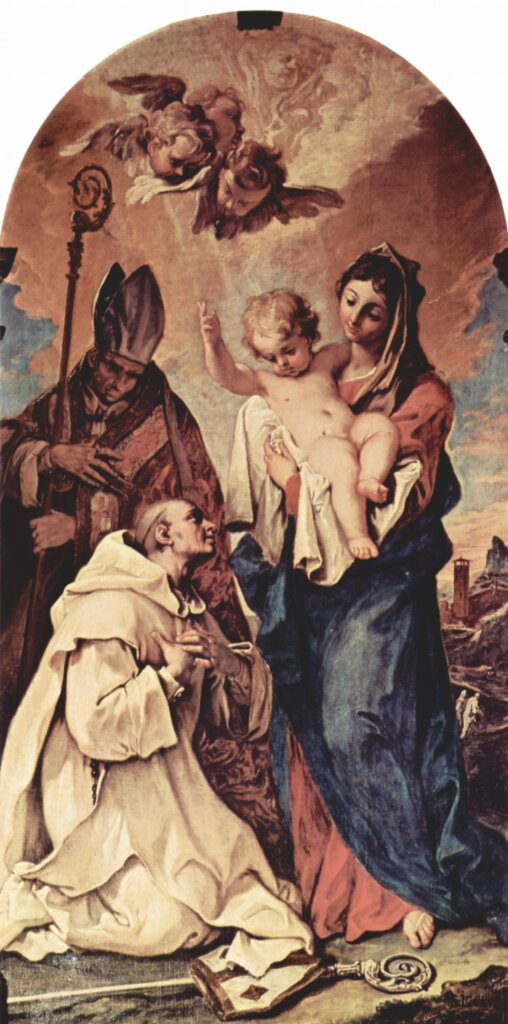
The remote land where they built was described in the following way:
…an upland valley in the Alps north of Grenoble, more than 4,000 feet above the sea, and only to be reached by threading a gloomy and difficult ravine. High crags surround the valley on all sides; the soil is poor, the cold extreme – snow lies there most of the year – and the air is charged with fog.
Fr. John Laux, Church History
Here Bruno laid the foundation of his order. Only a treacherous path led to the monastery in the Middle Ages and the first “Charterhouse” consisted of three poor huts and a little oratory. Today in Chartreuse, signs dot the road leading to the monastery that read, “Zone of Silence,” an expression of the ubiquitous quietude that seems to be an echo of a time when St. Bruno himself went in search of solitude and silence in order to contemplate God. Almost 900 years later, across 22 monasteries around the world, approximately 400 men and women attempt to live the ideal of St. Bruno, who was a monk and hermit “to the core of his being.”
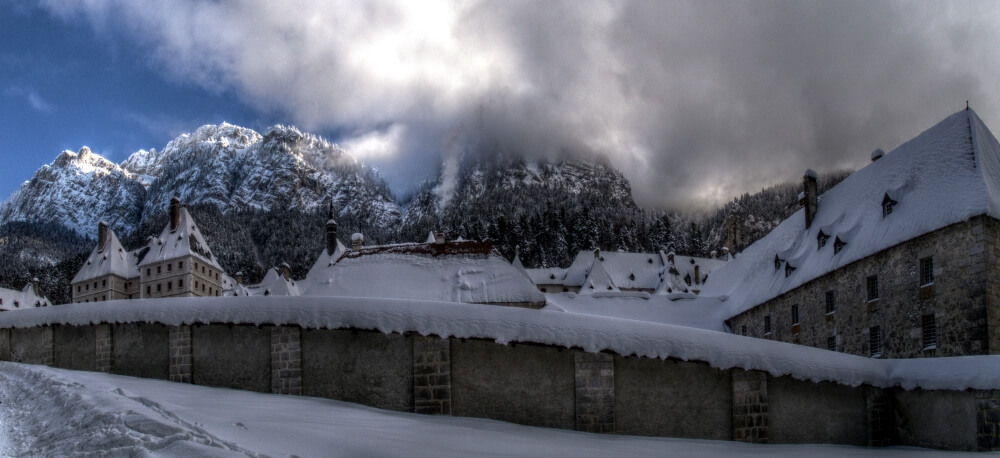
Image credit: Bahram Houchmandzadeh/CC BY-SA 3.0
The Carthusians recognize the essential nature of silence for one who wishes to be in union with God. To the monks, silence is essential.
Though St. Bruno was not always able to live in the absolute solitude and silence of his monastery, he sought silence wherever he went.
St. Bruno Responds to the Pope’s Call
While St. Bruno’s desire was to stay in the monastery at Chartreuse for the rest of his life, he was summoned to Calabria by Pope Urban II in 1090, and would never return to the Massif Chartreuse mountains again.
Pope Urban II, realizing the leadership qualities of St. Bruno, called upon his counsel and assistance in the governance and administrative duties of the Church. This was a great task and one to which Bruno would remain obedient for as long as the pope needed him. Yet the atmosphere of this new responsibility had an “unsettling effect on his mind” and Bruno continued to search for solitude and silence at every opportunity. He continuously asked the pope to allow him to return to the mountains of Chartreuse, if at all possible. Although St. Bruno never returned to Chartreuse, he did not abandon his desire for silence and contemplation, seeking it always and everywhere. Even amidst the business and hectic nature of his duties in Calabria, working closely in papal affairs, he always prioritized time for silence with God each day.
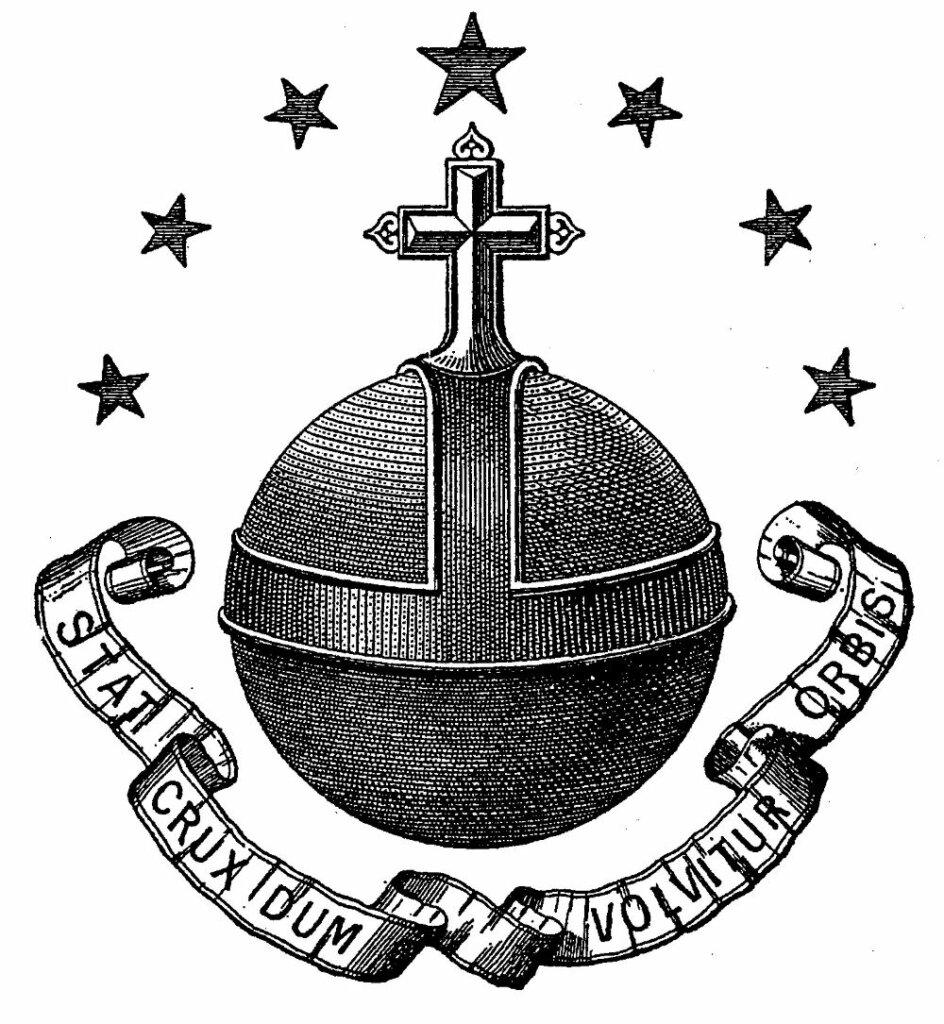
“The Cross stands while the world turns.”
Eventually, the pope allowed St. Bruno to resume solitary life on one condition—that he remain in Italy. After agreeing to this condition, St. Bruno began to seek land for a new monastery. The Prince of Calabria offered Bruno territory near Reggio, and in the year 1091, the new monastery of Santa Maria della Torre was founded. While the settlement did not have the same remoteness and natural ruggedness as the Grande Chartreuse, it kept the strict ideals of solitude, simplicity, and silence. It would be the second in a long line of monasteries that would be home to Carthusians throughout history, the world, and up to the present day.
In letters that St. Bruno wrote during his lifetime, he said that he was somewhat surprised by the attractiveness of the order he founded. Yet in some ways, this in and of itself is a surprise. Robert Cardinal Sarah says that, deep in our interior hearts, we all have a desire to be silent in order to be in touch with God:
Silence is not an idea; it is the path that enables human beings to go to God. God is silence, and this divine silence dwells within a human being. By living with the silent God, and in Him, we ourselves become silent.
Cardinal Robert Sarah, The Power of Silence Against the Dictatorship of Noise
It is true that today, more than at any other time in history, our lives are permeated with noise. But St. Bruno’s feast day reminds us that although silence might elude us, might scare us, might even seem impossible, we need it; we thirst for it. And, like St. Bruno, we must be determined and intentional in seeking out time for silence with Our Lord.
A man without silence is a stranger to God, exiled in a distant land that remains at the surface of the mystery of man and the world; but God is at the deepest part of man, in the silent regions of his being.
Robert Cardinal Sarah, The Power of Silence Against the Dictatorship of Noise
Perhaps we too are called to deliberately place ourselves in the “eye of the hurricane,” searching for those moments of silence among the many storms that rage within our own hearts and that destroy real happiness, calm, and peace within us.
Many saints tell us that silence is a discipline that must be practiced. The Carthusians, in a book of initiation, explain why we must persist in the practice of it:
Silence opens up the vast terrain of the Kingdom of God. It enables us to enter profoundly into the depths of our heart and meet there the Word who is God Himself, eternally proclaiming his Love. What is most important is the interior silence which quiets the discordant noise of our passions and our egoism, and our too active reasoning faculty. This requires a discipline which is difficult at first. Exterior silence helps a lot. If we are faithful to this ‘then there is from us something that draws on to still greater silence.’
First Initiation Into Carthusian Life
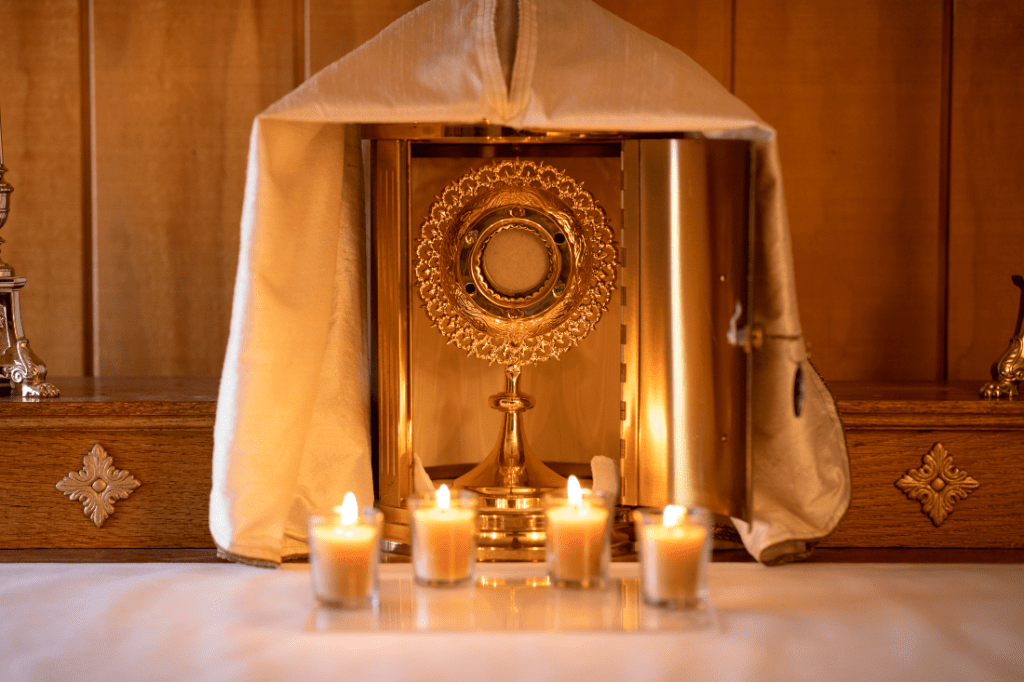
The feast of St. Bruno is a perfect time to ask ourselves some important questions, for it is not simply monks who are called to regular silence.
Have I spent time in quiet with Our Lord lately? Have I been to Adoration recently? Have I intentionally sought silence regularly in my life?
The Lord is in His holy temple: let all the earth keep silence before Him.
Habakuk 20:20
St. Bruno, pray for us!

